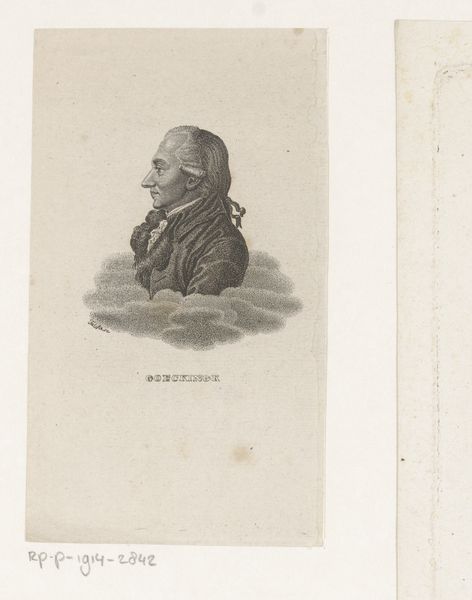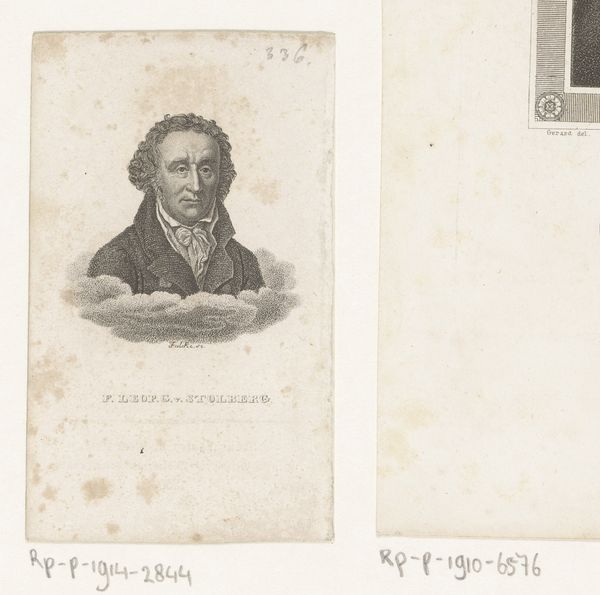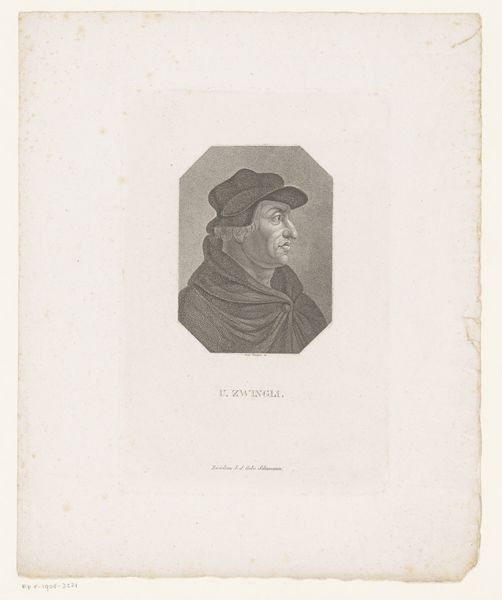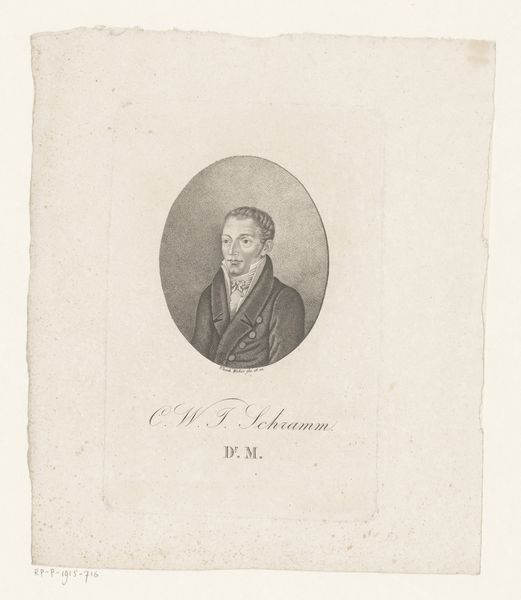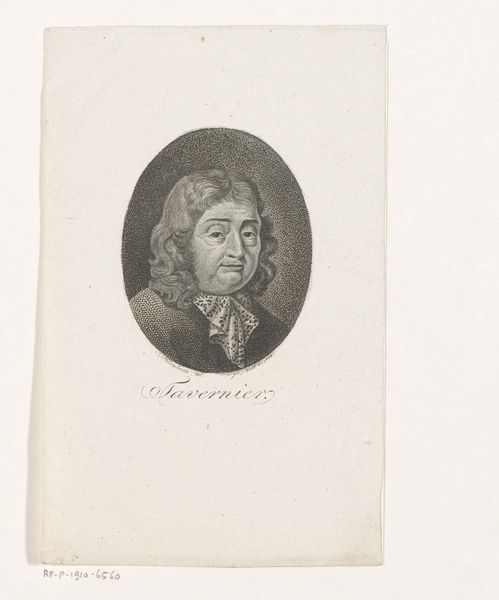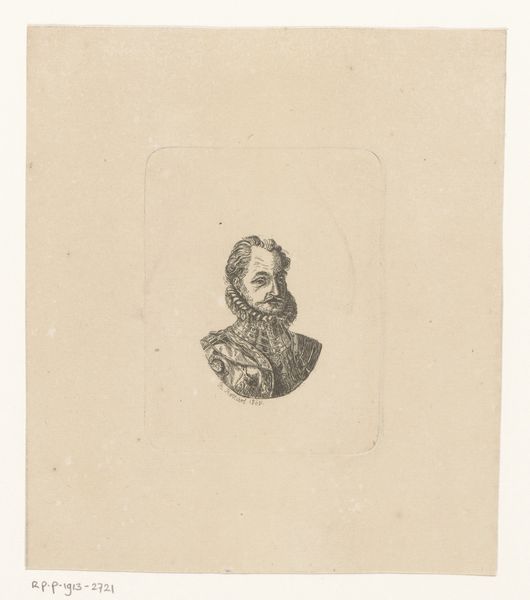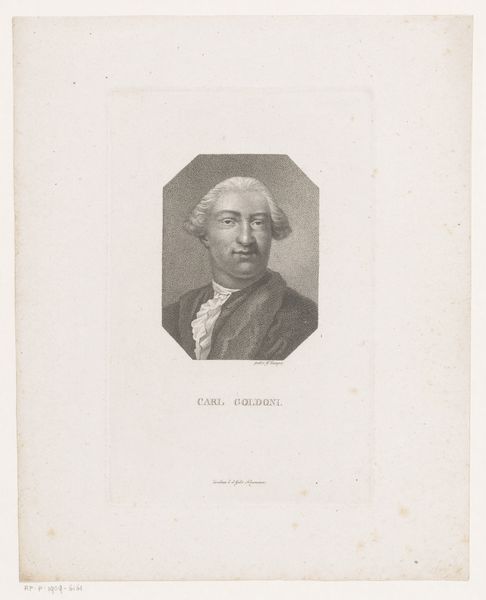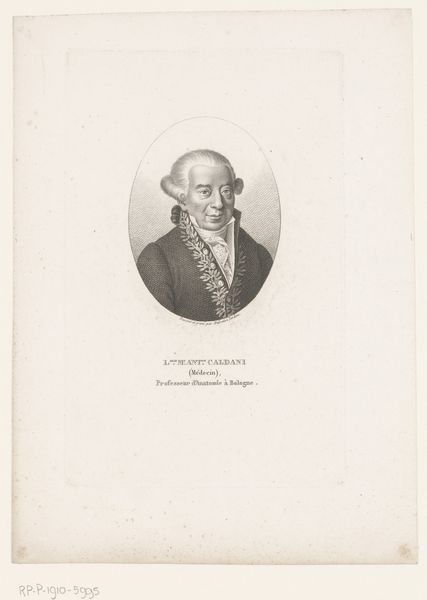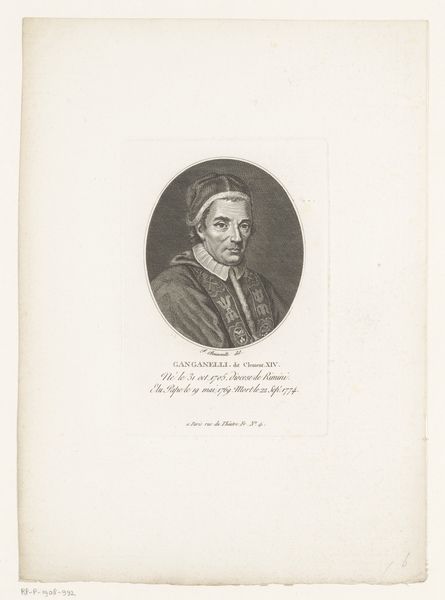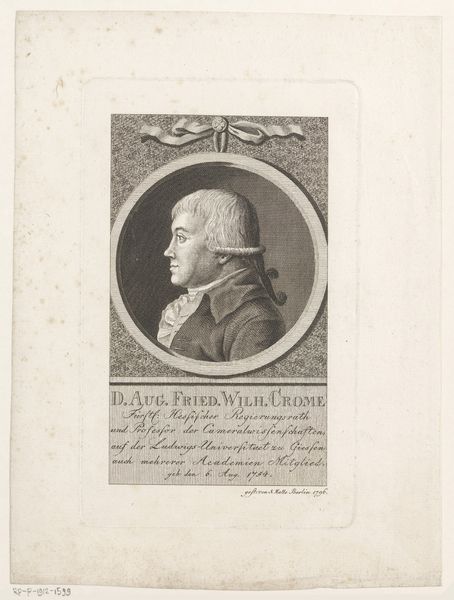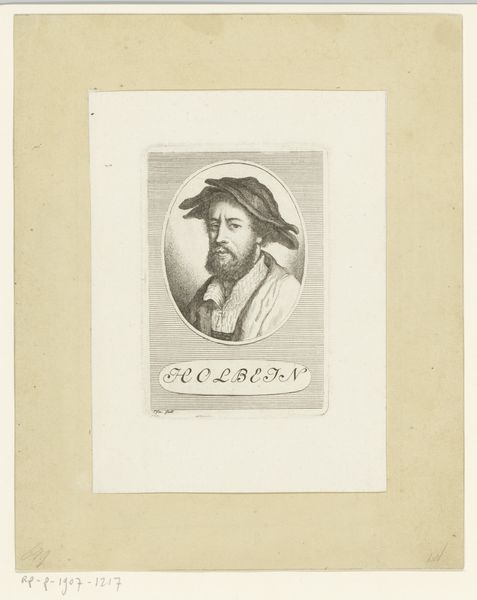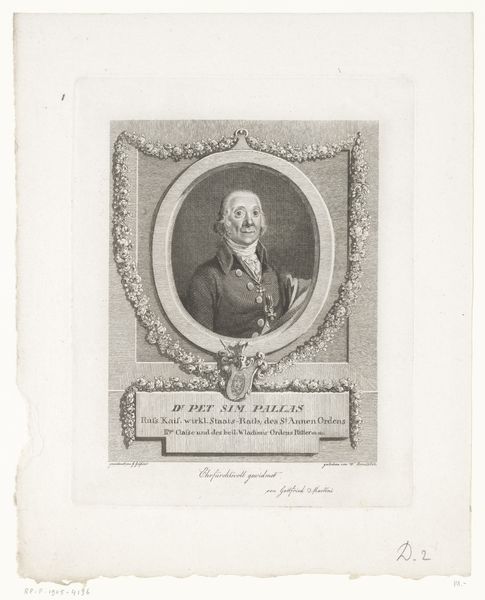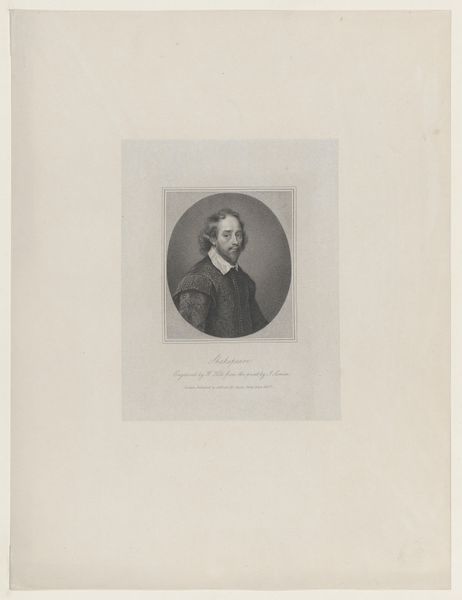
drawing, paper, pencil
#
portrait
#
pencil drawn
#
drawing
#
amateur sketch
#
aged paper
#
toned paper
#
light pencil work
#
pencil sketch
#
paper
#
personal sketchbook
#
romanticism
#
pencil
#
sketchbook drawing
#
pencil work
#
sketchbook art
Dimensions: height 84 mm, width 65 mm
Copyright: Rijks Museum: Open Domain
Editor: This is "Portret van Christoph Martin Wieland," a pencil drawing on paper, dating from sometime between 1813 and 1830. I'm struck by how this portrait emerges from what looks like clouds or smoke. What's your read on this piece? Curator: Well, this portrait provides an interesting lens through which to examine the social role of artists and intellectuals in the Romantic era. Consider the period; we're at the tail end of the Enlightenment and heading full force into Romanticism. Editor: Right, the focus on feeling and the individual, instead of reason. Curator: Precisely. And the depiction of Wieland seemingly emerging from clouds could be read as visualizing the elevated status afforded to intellectuals at the time. It's a powerful, albeit romanticized, representation of their influence on society. What do you think about the almost dreamlike quality achieved through the soft pencil work and aged paper? Editor: It almost looks like it's pulled directly from someone's sketchbook, lending it an intimate, almost reverential feel. Was Wieland someone who had significant cultural power? Curator: Indeed. Christoph Martin Wieland was a highly influential writer during the Enlightenment. This portrait becomes not just an image of a man, but a statement about the perceived importance of writers and thinkers in shaping public opinion and cultural values. The institutional support for art during that era really boosted cultural figures such as him, don’t you agree? Editor: I do! It all connects back to how society views and values its intellectual leaders, and how art can be used to visually represent that power dynamic. Thanks! Curator: Exactly, and considering art as a socio-political commentary enriches our understanding of pieces such as this one.
Comments
No comments
Be the first to comment and join the conversation on the ultimate creative platform.
